Home>Dining>Tableware>How To Describe Disposable Place Settings
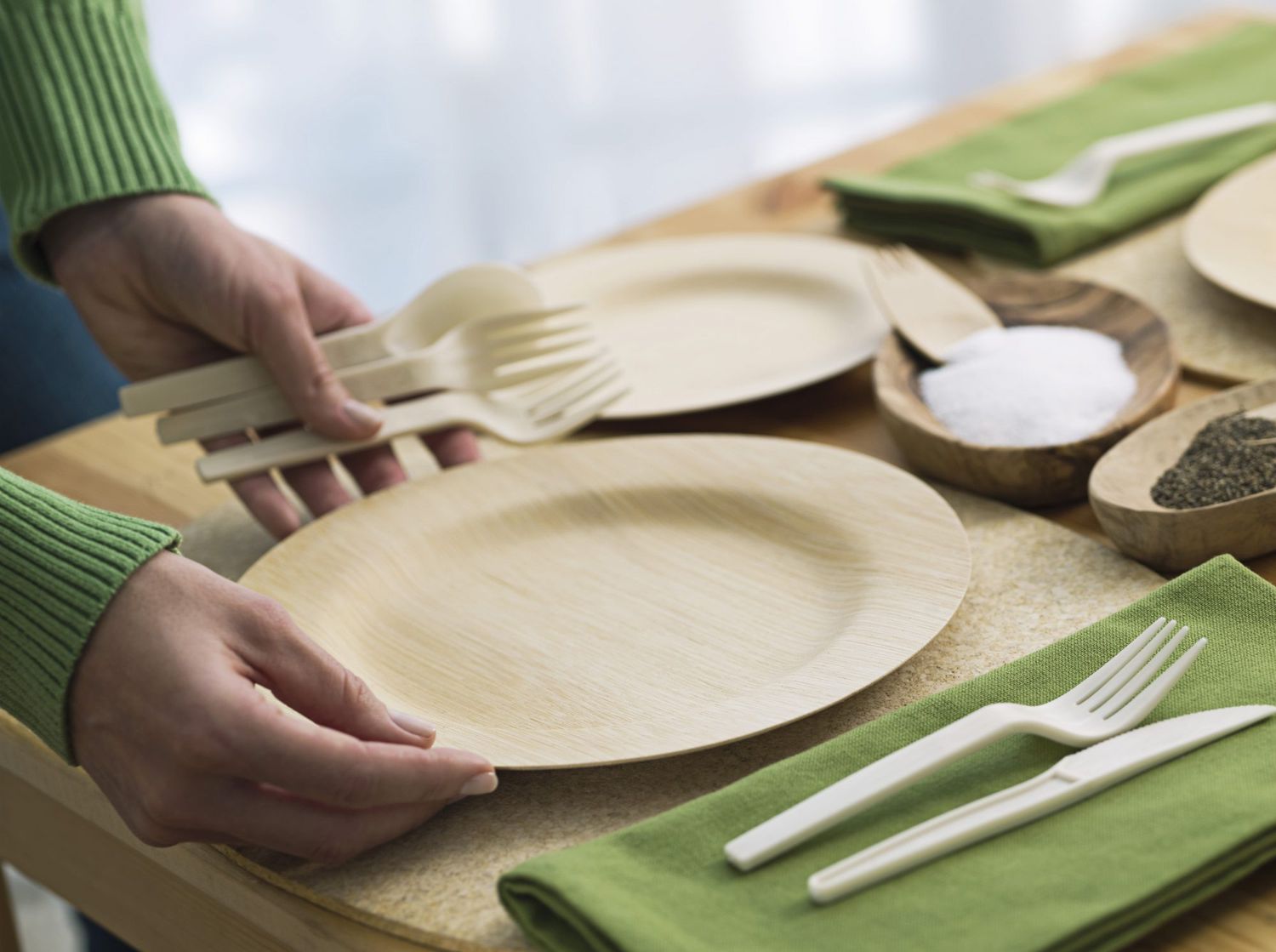

Tableware
How To Describe Disposable Place Settings
Modified: January 4, 2024
Discover how to effectively describe disposable place settings, including tableware. Learn key tips and techniques to enhance your descriptions and attract attention.
(Many of the links in this article redirect to a specific reviewed product. Your purchase of these products through affiliate links helps to generate commission for Storables.com, at no extra cost. Learn more)
Introduction
Welcome to the world of disposable place settings! In this fast-paced modern era, convenience is key, and disposable tableware has become a popular choice for various occasions and settings. Whether you’re hosting a backyard BBQ, planning a picnic in the park, or organizing a corporate event, disposable place settings offer a practical and hassle-free solution.
In this article, we will explore the importance of effectively describing disposable place settings and how it can enhance the overall experience for both hosts and guests. From the physical features to the design elements, we will delve into the key aspects that make these tableware options unique and noteworthy.
So why is it essential to have a comprehensive understanding of disposable place settings? Firstly, being able to accurately describe the tableware helps potential buyers make informed choices based on their specific needs. Whether they’re looking for a particular color, material, or style, a detailed description can make all the difference in their decision-making process.
Secondly, describing disposable place settings in an engaging manner can elevate the overall dining experience. Attention to detail can create a sense of ambiance and aesthetics, even with disposable tableware. By carefully selecting and describing the physical features, colors, patterns, and designs, hosts can create a visually appealing and coordinated table setting that impresses their guests.
Lastly, understanding the different types of disposable place settings allows hosts to choose the appropriate options based on the occasion and theme. Whether it’s elegant plastic dinnerware for a formal event or colorful paper plates for a casual gathering, having a variety of options at hand ensures that the table setting complements the overall atmosphere.
Throughout this article, we will explore various aspects of describing disposable place settings, from the physical features and colors to the materials used and additional accessories. With these insights, you’ll be equipped with the knowledge to create a memorable dining experience, even with disposable tableware.
So let’s dive in and discover the world of disposable place settings!
Key Takeaways:
- Hosts can enhance the dining experience by accurately describing the physical features, colors, patterns, materials, and design elements of disposable place settings, catering to guests’ needs and preferences.
- Highlighting additional features and eco-friendly options adds value and convenience, allowing hosts and guests to make informed choices that align with their commitment to environmental responsibility.
Read more: How To Dispose Of Old Glassware
Importance of Describing Disposable Place Settings
Describing disposable place settings may seem like a minor detail, but it plays a crucial role in enhancing the overall dining experience. Whether you’re hosting an intimate dinner party or a large-scale event, here are a few reasons why effectively describing disposable place settings is important:
1. Informing Your Guests: By providing a detailed description of the disposable place settings, you ensure that your guests are aware of what to expect. This information helps them in terms of comfort, usability, and even dietary preferences. For example, if you mention that the disposable cutlery is made from high-quality, sturdy plastic, guests can be reassured that it will not break or bend easily.
2. Setting the Right Atmosphere: Disposable place settings can be more than just functional, they can also contribute to the overall ambiance and theme of the event. Describing the colors, patterns, and design elements of the tableware helps set the right mood. For a sophisticated and elegant gathering, you might opt for disposable place settings in classic and muted colors. On the other hand, for a playful and festive occasion, vibrant and colorful patterns could be highlighted in your description.
3. Ensuring Practicality: Disposable place settings are chosen for their convenience and ease of use. Describing the practical aspects of the tableware, such as stackability, heat resistance, and cut-resistant properties, helps hosts and guests make informed decisions. For instance, if you mention that the disposable plates are microwave-safe or that the disposable cups have double insulation, guests know that their needs for reheating food or keeping their beverages hot will be met.
4. Reflecting Sustainability Efforts: In today’s environmentally-conscious world, many people are striving to make sustainable choices. If the disposable place settings you choose are eco-friendly or made from recycled materials, emphasizing this in your description can help showcase your commitment to sustainability. Guests who prioritize environmentally-friendly options will appreciate this information and feel good about their choices.
5. Coordinating with Decor and Theme: Describing the physical features of disposable place settings, such as the shape of the plates or the texture of the napkins, enables hosts to coordinate with the overall decor and theme of the event. Whether it’s a rustic outdoor gathering or a modern and sleek party, describing the tableware in a way that aligns with the desired aesthetic creates a visually cohesive experience for everyone.
By effectively describing disposable place settings, you can ensure that your guests feel comfortable, informed, and impressed by the attention to detail. Whether it’s the practicality, aesthetics, or sustainability aspects, a well-described table setting adds that extra touch of finesse to any event or gathering.
Types of Disposable Place Settings
Disposable place settings come in a wide variety of options to suit different preferences, occasions, and themes. Understanding the various types available will enable you to choose the perfect tableware for your event. Here are some of the most common types of disposable place settings:
1. Disposable Cutlery: Disposable cutlery includes forks, knives, and spoons made from materials like plastic, wood, or bamboo. These options are lightweight, durable, and convenient for single-use purposes. Plastic cutlery is a popular choice due to its affordability and versatility, while wooden or bamboo cutlery offers a more eco-friendly alternative.
2. Disposable Plates: Disposable plates come in a range of materials, including paper, plastic, and palm leaf. They are available in various shapes and sizes to accommodate different types of food and portion sizes. Paper plates are typically used for casual events and are easy to dispose of. Plastic plates are more durable and can be more suitable for formal occasions. Palm leaf plates are biodegradable and offer an eco-friendly option.
3. Disposable Cups: Disposable cups are available in different sizes and materials – plastic, paper, or compostable options. Plastic cups are commonly used for cold beverages and are often transparent or colored. Paper cups are suitable for both hot and cold drinks and can be insulated to keep beverages at the desired temperature. Compostable cups are made from renewable materials and are environmentally friendly.
4. Disposable Napkins: Disposable napkins are an essential part of any table setting. They are available in various colors, patterns, and materials, such as paper or fabric-like materials. Coordinating the napkins with the rest of the tableware adds a cohesive touch to the overall aesthetic of the event.
5. Disposable Bowls: Disposable bowls are ideal for serving soups, salads, or larger portions of food. They are available in materials like plastic or palm leaf, offering both durability and sustainability. Disposable bowls save the hassle of washing and are a convenient choice for outdoor parties, picnics, or other events where convenience is essential.
6. Disposable Tablecloths and Placemats: Disposable tablecloths and placemats add a layer of protection and style to the table setting. They are available in various colors, patterns, and materials, such as plastic or fabric-like materials. Disposable tablecloths are easy to clean up and are a practical option for events where spills or messes are likely to occur.
These are just a few examples of the different types of disposable place settings available. When selecting the right type for your event, consider the formality of the occasion, the desired aesthetic, and any specific functional requirements. By choosing the appropriate disposable place settings, you can ensure a seamless and enjoyable dining experience for your guests.
Physical Features to Describe
When describing disposable place settings, it’s important to pay attention to the physical features that make each item unique. By highlighting these features, you not only help guests visualize the tableware but also provide valuable information about their functionality. Here are some key physical features to describe:
1. Shape: The shape of the disposable place setting items can vary. For example, when describing disposable plates, you can mention whether they are round, square, or rectangular. Similarly, when describing disposable cups, you can elaborate on whether they have a tapered design or a more traditional shape. Mentioning the shape helps guests envision the overall appearance of the tableware.
2. Size and Dimensions: Providing the measurements or dimensions of the disposable place settings is crucial. Guests need to know the size of the plates, cups, or bowls to determine whether they are suitable for their intended use. For example, mentioning the diameter and depth of a plate or the capacity of a cup helps guests assess their functionality.
3. Texture: The texture of disposable place settings contributes to their overall appeal and functionality. For example, you can describe the texture of disposable napkins—whether they are smooth, textured, or embossed. Similarly, when describing disposable plates, you can mention if they have a glossy or matte finish. Describing the texture helps guests understand the tactile experience they can expect.
4. Rim Design: Many disposable place settings, such as plates and bowls, have unique rim designs that add visual appeal and practicality. Describing the rim design can range from mentioning a scalloped edge, a decorative border, or a raised lip that helps keep food from sliding off the plate. This detail adds to the aesthetics and functionality of the tableware.
5. Durability: Disposable place settings are designed for single-use purposes, but discussing their durability can still be beneficial. For instance, you can mention if the disposable plates are sturdy and resistant to breaking or if the disposable cutlery is strong enough to handle various types of food. This information helps guests feel confident in their choices and ensures their dining experience goes smoothly.
6. Weight: Describing the weight of disposable place settings can provide guests with an idea of their sturdiness and quality. For example, if the disposable cups are lightweight yet durable, guests will appreciate the convenience without compromising on functionality. Mentioning the weight also helps guests anticipate the overall feel and balance of the tableware.
The physical features of disposable place settings contribute to their overall functionality, aesthetics, and user experience. By carefully describing these features, you ensure that guests can make informed decisions based on their specific preferences and needs. Additionally, by highlighting the unique characteristics of the tableware, you elevate the dining experience and create an atmosphere of attention to detail.
Colors and Patterns
Colors and patterns play a significant role in the overall visual appeal of disposable place settings. When describing these aspects, it is important to provide a vivid and enticing portrayal that captures the attention of potential buyers. Here are some key points to consider when describing the colors and patterns:
1. Color Variations: Disposable place settings come in a vast array of colors, from bold and vibrant hues to soft and muted tones. When describing the colors, try to be specific and use adjectives that evoke a visual image. For example, you could mention a plate’s vibrant red color, a cup’s pastel blue shade, or a napkin’s elegant black tone. Providing color descriptions helps guests visualize the tableware and select options that match their event or personal style.
2. Patterns and Designs: Some disposable place settings feature eye-catching patterns and designs that add charm and personality to the table setting. These patterns can range from simple geometric shapes to intricate floral motifs. When describing patterns, be sure to mention the specific design elements, such as stripes, polka dots, chevron, or intricate lace-like patterns. Highlighting the patterns and designs allows guests to envision how the tableware will enhance the overall aesthetics of their event.
3. Coordinated Sets: Many disposable place settings offer coordinated sets with matching colors and patterns. This allows hosts to create a cohesive and stylish table setting effortlessly. When describing these coordinated sets, emphasize the harmonious combination of colors and patterns. For example, you could mention the elegant silver and white combination in a set or the playful floral patterns that adorn each item. Guests will appreciate the convenience of these sets and the effortless coordination they provide.
4. Customizable Options: Some disposable place settings offer customizable options where guests can choose their preferred color or pattern. When describing these customizable options, highlight the range of choices available and how they can be personalized to suit individual preferences or event themes. Mentioning the ability to customize the colors or patterns allows guests to create a unique and personalized table setting that aligns perfectly with their vision.
5. Seasonal Themes: Disposable place settings often feature colors and patterns that are in line with seasonal themes, such as pastel colors for spring or festive patterns for holidays. When describing disposable place settings with seasonal themes, mention the specific colors and patterns associated with each season. This will help guests select tableware that complements the seasonal ambiance or the theme of their event.
Describing the colors and patterns of disposable place settings is a key element in capturing the attention of potential buyers. By providing detailed and vibrant descriptions, you enable guests to visualize how the tableware will enhance their event and create a memorable dining experience. Whether it’s bold colors, intricate patterns, or coordinated sets, showcasing the aesthetics of disposable place settings adds an element of style and sophistication to any occasion.
Read more: How To Dispose Of Old Cutlery
Materials Used
When describing disposable place settings, it is important to provide information about the materials used in their production. This helps guests make informed decisions based on their preferences and needs, such as sustainability, durability, or functionality. Here are some common materials used in disposable place settings:
1. Plastic: Plastic is one of the most commonly used materials for disposable place settings. It is lightweight, durable, and affordable. Plastic disposable place settings are available in a range of options, from clear and transparent to colored and patterned. However, it is important to note that plastic can have environmental implications, so consider mentioning if the plastic used is recyclable or made from recycled materials.
2. Paper: Disposable place settings made from paper are often chosen for their biodegradable and eco-friendly properties. They are lightweight, easy to dispose of, and suitable for various occasions. Paper plates, cups, and napkins come in different thicknesses, allowing hosts to choose options that meet their desired level of durability and functionality.
3. Palm Leaf: Disposable place settings made from palm leaf offer a sustainable and natural alternative. These tableware options are crafted from fallen palm leaves, ensuring no trees are cut down in the process. Palm leaf products are sturdy, heat-resistant, and biodegradable. When describing place settings made from palm leaf, highlight their unique and rustic appearance, as well as their eco-friendly attributes.
4. Bamboo: Disposable place settings made from bamboo are another eco-friendly option. Bamboo is a highly renewable resource and is known for its strength and durability. Bamboo tableware products are lightweight, biodegradable, and often feature a natural and elegant appearance. Guests who prioritize sustainability and natural materials will appreciate the use of bamboo in the disposable place settings.
5. Compostable Materials: Disposable place settings made from compostable materials, such as bagasse or cornstarch, are gaining popularity due to their eco-friendly properties. These materials are derived from plant fibers or renewable resources and can be easily composted after use. Mentioning the compostable nature of these products showcases a commitment to sustainability and environmental responsibility.
6. Combination Materials: Some disposable place settings are made using a combination of materials to achieve specific properties. For example, disposable cups may have a plastic lining for leak resistance while being made primarily from paper. These hybrid products offer a balance between functionality and sustainability. Highlighting the combination of materials used in these place settings can help guests understand their unique characteristics.
Describing the materials used in disposable place settings allows guests to align their choices with their values and preferences. By providing information about the materials’ properties, guests can select tableware options that meet their specific needs in terms of durability, sustainability, or functionality. Whether it’s plastic, paper, palm leaf, bamboo, or compostable materials, each choice contributes to the overall impact of the dining experience.
Sizes and Dimensions
When describing disposable place settings, it is crucial to provide accurate information about their sizes and dimensions. This allows guests to envision how the tableware will fit into their event and accommodate their specific needs. Here are some key points to consider when describing the sizes and dimensions of disposable place settings:
1. Plates: Disposable plates come in various sizes to accommodate different types of food and portion sizes. When describing the sizes of disposable plates, mention the diameter or length and width dimensions. For example, you can state that a dinner plate has a diameter of 9 inches or that a rectangular plate measures 10 inches by 7 inches. This information helps guests determine if the plates will suit their intended use and the amount of food they plan to serve.
2. Cups: Disposable cups also come in different sizes to cater to various beverage quantities. When describing cup sizes, provide information about their capacity in terms of fluid ounces or milliliters. For example, you can mention that a cup has an 8-ounce capacity, perfect for serving hot beverages, or that it can hold 12 ounces of cold drinks. This allows guests to estimate the amount of liquid the cups can hold and choose options that align with their specific needs.
3. Bowls: Disposable bowls are available in different sizes to accommodate various types and quantities of food. When describing bowl sizes, mention their capacity in terms of fluid ounces or milliliters, similar to cups. For example, you can state that a bowl has a 16-ounce capacity, suitable for serving soups or salads, or that it can hold 20 ounces of pasta or rice dishes. Describing the sizes of disposable bowls helps guests determine if they can comfortably serve the desired portion size.
4. Napkins: Disposable napkins also come in different sizes to suit various purposes. When describing napkin sizes, mention the dimensions in terms of length and width. For example, you can state that a napkin measures 16 inches by 16 inches, providing ample coverage for guests during meals. Describing the sizes of disposable napkins helps guests envision their functionality, whether for placing on laps, wiping hands, or serving as decorative accents.
5. Utensils: Disposable utensils, such as forks, knives, and spoons, also vary in sizes. When describing utensil sizes, it is common to refer to them as dinner-size or dessert-size. Dinner-size utensils are larger and more suitable for main course meals, while dessert-size utensils are smaller and intended for desserts or appetizers. Including this information helps guests understand which size of utensil will best serve their needs during the event.
Describing the sizes and dimensions of disposable place settings allows guests to plan and prepare accordingly. By providing accurate information, guests can determine if the tableware will accommodate their intended use and ensure a seamless dining experience. Whether it’s plates, cups, bowls, or napkins, understanding the sizes and dimensions of disposable place settings helps guests make informed decisions and align their choices with their specific needs.
When describing disposable place settings, be sure to include the material (paper, plastic, etc.), color, size, and any decorative elements. Also, mention if they are recyclable or compostable for eco-conscious consumers.
Design and Style Elements
Disposable place settings are not just functional; they also contribute to the overall aesthetic and style of an event. When describing the design and style elements of disposable place settings, it is important to capture the attention of potential buyers and help them envision how these tableware options can enhance their event. Here are some key points to consider:
1. Color Scheme: The color scheme of disposable place settings sets the tone for the event. When describing the design and style, highlight the color combinations, whether they are vibrant and bold or soft and understated. Emphasize the cohesive and harmonious color scheme that creates an inviting and visually appealing table setting.
2. Patterns and Prints: Some disposable place settings feature patterns and prints that add a touch of elegance or playfulness to the tableware. When describing these design elements, mention the specific patterns, such as floral prints, geometric patterns, or intricate designs. Highlighting the patterns helps guests visualize how they can enhance the overall aesthetics and create a captivating table setting.
3. Texture and Finish: Disposable place settings may have textured surfaces or special finishes that add depth and visual interest. Describing the texture and finish helps guests understand the tactile experience they can expect. Mention if the plates have a smooth or textured surface, or if the cups have a glossy or matte finish. These details can elevate the overall look and feel of the tableware.
4. Elegant and Formal Styles: Some disposable place settings are designed to exude elegance and sophistication, making them suitable for formal events. When describing elegant and formal styles, mention the sleek lines, the refined color choices, and any decorative elements that add a touch of elegance. Emphasize how these styles can create a luxurious and upscale dining experience for guests.
5. Casual and Fun Styles: Disposable place settings can also offer a more casual and fun style, perfect for laid-back and festive events. When describing casual and fun styles, focus on vibrant colors, playful patterns, and quirky designs. Highlight how these styles can create a relaxed and enjoyable atmosphere, adding a sense of excitement to the dining experience.
6. Theme-Specific Designs: Disposable place settings can be designed to suit specific themes or occasions, such as holidays, seasons, or special celebrations. When describing theme-specific designs, mention the unique elements that reflect the theme, such as holiday motifs, seasonal patterns, or celebratory accents. These designs help guests create a cohesive and immersive experience that aligns with the chosen theme.
Describing the design and style elements of disposable place settings is crucial for capturing the attention and imagination of potential buyers. By highlighting colors, patterns, textures, and finishes, you enable guests to visualize how the tableware will contribute to the overall aesthetic of their event. Whether it’s an elegant and formal affair or a casual and fun gathering, well-described design and style elements elevate the dining experience and leave a lasting impression on guests.
Additional Features and Accessories
Disposable place settings often come with additional features and accessories that enhance their functionality and convenience. When describing these additional features, it is important to highlight how they can elevate the dining experience and make hosting an event easier. Here are some key points to consider:
1. Compartments: Some disposable plates come with compartments or dividers that allow for easy separation of different food items. Describing the availability of compartments helps guests understand the convenience and practicality of these plates, especially for serving meals with various components or for keeping different types of food separate.
2. Lids and Covers: Disposable cups and bowls often come with lids or covers that provide added convenience for transportation or storing leftovers. When describing the availability of lids and covers, highlight their tight-fitting design and leak-resistant properties. Guests will appreciate knowing that they can securely close and transport their beverages or food without worrying about spills or messes.
3. Portion-Controlled Servings: Some disposable place settings offer portion-controlled servings in the form of pre-measured cups or plates with designated compartments. Mentioning the availability of portion-controlled servings helps guests in managing food portions and promoting healthier eating habits. This can be particularly useful for events where precise portion control or dietary restrictions are important.
4. Cutlery Kits: Disposable place settings often include complete cutlery kits, which typically consist of a fork, knife, and spoon, all neatly wrapped together. When describing cutlery kits, emphasize their convenience and practicality, as guests can easily grab a set without the need for additional assembly or searching for individual utensils. This feature is especially appreciated in fast-paced events or outdoor gatherings.
5. Decorative Accents: Some disposable place settings come with decorative accents, such as ribbons, bows, or embellishments, to add an extra touch of elegance or festiveness. Describing these decorative accents helps guests envision how they can enhance the overall aesthetic of the table setting and create a more visually appealing and appealing ambiance.
6. Matching Tableware: Disposable place settings often come as complete sets that include plates, cups, napkins, and cutlery, all designed to match and coordinate with each other. When describing matching tableware sets, emphasize the convenience and ease of creating a cohesive and visually pleasing table setting. Guests will appreciate the simplicity of having all the necessary items in one coordinated package.
Describing additional features and accessories in disposable place settings helps guests understand the added convenience and functionality they bring. Whether it’s compartments for easy food separation, lids for secure transport, portion-controlled servings, cutlery kits, decorative accents, or matching tableware sets, these features elevate the dining experience and make hosting events a breeze.
Read more: Where To Store Disposable Tableware
Describing Disposable Cutlery
Disposable cutlery is an essential component of any table setting. When describing disposable cutlery, it is important to highlight its key features, functionality, and overall quality. Here are some points to consider:
1. Materials: Disposable cutlery can be made from various materials, including plastic, wood, or bamboo. Mentioning the material helps guests understand its durability, sustainability, and overall aesthetic appeal. For example, plastic cutlery is lightweight and convenient, while wood or bamboo cutlery offers a more eco-friendly alternative.
2. Sturdiness: Emphasize the sturdiness and strength of the disposable cutlery. Guests want to know that the cutlery will hold up to various types of food without bending or breaking. Highlight any specific features, such as reinforced handles or extra thickness, that contribute to the overall durability of the cutlery.
3. Functionality: Describe the functionality of disposable cutlery, focusing on its usability and comfort. Guests want cutlery that is easy to hold and use. Mention if the disposable forks have sharp tines for easy piercing, if the disposable knives have serrated edges for cutting, and if the disposable spoons have deep bowls for scooping. These details inform guests about the cutlery’s effectiveness in handling different types of food.
4. Hygiene: Highlight the hygienic aspects of disposable cutlery. Disposable cutlery eliminates the need for washing and ensures a fresh and clean dining experience. Guests value the convenience and peace of mind that comes with using disposable cutlery, especially in fast-paced events or outdoor settings.
5. Eco-friendly Options: If the disposable cutlery is eco-friendly or made from sustainable materials, such as compostable or biodegradable options, emphasize this aspect. Guests who prioritize environmental consciousness will appreciate the commitment to sustainability. Describe how the cutlery can be easily disposed of in an environmentally-friendly manner.
6. Coordinated Sets: Disposable cutlery is often available in coordinated sets, matching the overall style and theme of the tableware. Mention if the cutlery is part of a complete set that includes plates, cups, and napkins. This helps guests create a cohesive and visually appealing table setting with minimal effort.
7. Color and Design: Disposable cutlery can come in a range of colors, from classic silver and white to vibrant and fun options. Describe the color options available and how they contribute to the overall aesthetics of the table setting. Additionally, mention if the cutlery has any decorative elements or patterns to add a touch of style.
When describing disposable cutlery, provide guests with a comprehensive understanding of its materials, functionality, hygiene benefits, and eco-friendliness. By highlighting these key features, guests can make informed decisions that align with their preferences and needs. Whether it’s the sturdiness, functionality, or the overall visual appeal, well-described disposable cutlery adds a touch of practicality and style to any table setting.
Describing Disposable Plates
Disposable plates are an essential component of any table setting. When describing disposable plates, it is important to highlight their key features, materials, sizes, and overall design. Here are some points to consider:
1. Materials: Disposable plates are available in various materials, including paper, plastic, and palm leaf. Mentioning the material helps guests understand the plate’s characteristics, such as its sturdiness, eco-friendliness, and aesthetic appeal. For example, paper plates are lightweight and easy to dispose of, while palm leaf plates offer a rustic and eco-friendly alternative.
2. Sturdiness: Emphasize the sturdiness of disposable plates to assure guests that they can handle different types of food without bending or leaking. Mention if the plates are made from durable materials or have reinforced rims to prevent cracking or breaking, allowing guests to confidently serve their meals without worry.
3. Sizes and Shapes: Describe the sizes and shapes of the disposable plates available. Mention whether they are round, square, or rectangular, and provide specific dimensions to help guests envision how much food can be accommodated. Guests appreciate knowing if the plates are large enough for a main course or if they are designed for smaller portions or appetizers.
4. Design: Disposable plates offer a wide range of design options to suit different occasions and aesthetics. Describe the designs available, such as solid colors, elegant patterns, or themed prints. Highlight any decorative elements, such as embossed textures or rim accents, that add to the plate’s visual appeal and contribute to the overall atmosphere of the event.
5. Functionality: Discuss the functionality of disposable plates. Mention if they are microwave-safe and can withstand heat without warping, allowing guests to conveniently reheat their food if needed. Also, mention if the plates have a grease-resistant coating to prevent seepage and ensure a mess-free dining experience.
6. Compostable and Eco-friendly Options: If the disposable plates are compostable or made from eco-friendly materials, such as recyclable plastics or renewable resources, highlight this aspect. Guests who prioritize sustainability will appreciate the option to minimize their environmental impact. Describe how the plates can be disposed of without harming the environment.
7. Coordinated Sets: Disposable plates are often available in coordinated sets, matching other tableware items such as cups, cutlery, and napkins. Mention if the plates are part of a complete set, allowing guests to create a cohesive table setting effortlessly. This feature adds convenience and ensures a visually appealing and coordinated look.
When describing disposable plates, provide guests with important information about their materials, sturdiness, sizes, design options, and functionality. By highlighting these key features, guests can make informed decisions and select plates that align with their specific needs and aesthetic preferences. Whether it’s the sturdiness, design versatility, or eco-friendliness, a well-described set of disposable plates enhances the dining experience and contributes to an inviting and visually pleasing table setting.
Describing Disposable Cups
Disposable cups are a versatile and essential component of any table setting. When describing disposable cups, it is important to highlight their key features, materials, sizes, and functionality. Here are some points to consider:
1. Materials: Disposable cups come in various materials, including plastic, paper, or compostable options. Mentioning the material helps guests understand the cups’ characteristics in terms of durability, insulation, and sustainability. For example, plastic cups are lightweight and often come in various colors and designs, while paper cups are suitable for both hot and cold beverages and can be composted after use.
2. Sizes and Capacities: Describe the sizes and capacities of the disposable cups available. Mention the fluid ounces or milliliter measurements to help guests determine the amount of liquid the cups can hold. For example, specify if the cups are suitable for standard beverage sizes, such as 8 oz, 12 oz, or larger sizes for specialty drinks. This information helps guests plan and serve the desired quantity of beverages.
3. Design and Style: Disposable cups offer a range of design options to suit different occasions and aesthetics. Describe the design and style elements, such as whether the cups are plain, have printed patterns, or feature decorative accents. Highlight any special features, such as ripple or double-walled insulation, that enhance the visual appeal and functionality of the cups.
4. Functionality: Discuss the functionality of disposable cups. Mention if they are suitable for hot beverages, highlighting any insulating properties that help keep drinks warm. Also, mention if the cups have leak-resistant lids and tight-fitting covers, ensuring a spill-free dining experience during transportation.
5. Eco-friendly Options: With increasing environmental awareness, disposable cups made from compostable or biodegradable materials are gaining popularity. If eco-friendly options are available, emphasize their sustainability and biodegradability. Describe how these cups can be disposed of in an environmentally-friendly manner, either through composting or recycling.
6. Coordinated Sets: Disposable cups are often part of coordinated sets that include matching plates, napkins, and cutlery. Mention if the cups are available in sets to help guests create a cohesive and visually appealing table setting. This feature adds convenience and ensures that all tableware items align in style and design.
7. Customization Options: Some disposable cups offer customization options, such as personalized messaging or branding. Mention if guests have the ability to customize the cups with their own designs or logos. This feature is particularly useful for events where branding or personalization is important.
When describing disposable cups, provide guests with important information about the materials, sizes, design options, functionality, and eco-friendliness. By highlighting these key features, guests can make informed decisions that align with their specific needs and preferences. Whether it’s the material, design versatility, or sustainability, a well-described set of disposable cups enhances the dining experience and ensures a visually appealing and functional table setting.
Describing Disposable Napkins
Disposable napkins are a practical and stylish addition to any table setting. When describing disposable napkins, it is important to highlight their key features, materials, sizes, and overall design. Here are some points to consider:
1. Materials: Disposable napkins are commonly made from paper or fabric-like materials. Mentioning the material helps guests understand the napkins’ characteristics, such as their softness, absorbency, and overall feel. For example, paper napkins are lightweight and offer convenience, while fabric-like napkins provide a more luxurious look and feel.
2. Sizes and Fold Styles: Describe the sizes of the disposable napkins available, such as standard cocktail size or larger dinner size. Mentioning the dimensions of the napkins helps guests determine their coverage area and functionality. Additionally, mention if the napkins come pre-folded in specific styles, such as standard squares or decorative folds, to add an extra touch of elegance and sophistication to the table setting.
3. Absorbency: Emphasize the absorbency of disposable napkins. Guests want napkins that can effectively absorb liquids and offer a hassle-free dining experience. Highlight any special features, such as extra-ply or embossed textures, that contribute to the napkins’ absorbency and overall functionality.
4. Design and Print: Disposable napkins come in a variety of designs and prints to suit different themes and occasions. Describe the design options available, such as solid colors, patterns, or themed prints. Highlight any decorative elements, like embossed or foil accents, that add to the napkins’ visual appeal and complement the overall aesthetic of the table setting.
5. Foldability and Presentation: Mention if the napkins are designed for easy folding and presentation. Disposable napkins that are pre-folded or have creases for simple folding are convenient for hosts and add a polished touch to the table. Guests appreciate well-presented napkins that are easy to unfold and use during the meal.
6. Eco-friendly Options: If eco-friendly options are available, emphasize their sustainability and positive environmental impact. Mention if the napkins are made from recycled materials or are compostable after use. Guests who prioritize sustainability will appreciate the option to minimize their ecological footprint.
7. Coordinated Sets: Disposable napkins often come in coordinated sets with matching plates, cups, and cutlery. Mention if the napkins are part of a complete set, allowing guests to create a cohesive table setting effortlessly. This feature adds convenience and ensures a visually appealing and coordinated look.
When describing disposable napkins, provide guests with important information about the materials, sizes, absorbency, design options, and eco-friendliness. By highlighting these key features, guests can make informed decisions that align with their specific needs and aesthetic preferences. Whether it’s the material, design versatility, or sustainability, a well-described set of disposable napkins enhances the dining experience and contributes to an inviting and visually pleasing table setting.
Read more: How To Keep A Tablecloth In Place
Conclusion
Describing disposable place settings is essential in creating an enjoyable dining experience and providing valuable information to guests. By highlighting the physical features, colors, patterns, materials, sizes, and design elements of disposable tableware, hosts can help guests make informed decisions and set the right ambiance for their event.
Understanding the importance of accurately describing disposable place settings allows hosts to cater to specific needs and preferences. Whether it’s the functionality of the cutlery, the visual appeal of the plates, the convenience of the cups, or the practicality of the napkins, each element contributes to the overall aesthetic and experience. By providing comprehensive and engaging descriptions, hosts can showcase the benefits and unique features of each item, helping guests envision how they will complement the event’s theme and enhance the dining atmosphere.
Furthermore, highlighting additional features and accessories, such as compartments in plates, lids for cups, or decorative accents, adds value and convenience. Guests can choose tableware options that meet their specific requirements, whether it’s easy food separation, secure beverage transportation, portion control, or personalized customization. Coordinated sets offer convenience and ensure a visually cohesive table setting with minimal effort.
It’s also important to consider the environmental impact of disposable place settings. Describing eco-friendly options and emphasizing sustainable materials, such as compostable or biodegradable alternatives, allows hosts and guests to make choices that align with their commitment to environmental responsibility.
In conclusion, describing disposable place settings is not just about providing information but also about creating an immersive and visually appealing dining experience. Guests can make informed decisions based on their functional needs, aesthetic preferences, and environmental concerns. By taking the time to effectively describe the physical features, colors, patterns, materials, sizes, and design elements of disposable place settings, hosts can elevate their events and leave a lasting impression on their guests.
Frequently Asked Questions about How To Describe Disposable Place Settings
Was this page helpful?
At Storables.com, we guarantee accurate and reliable information. Our content, validated by Expert Board Contributors, is crafted following stringent Editorial Policies. We're committed to providing you with well-researched, expert-backed insights for all your informational needs.
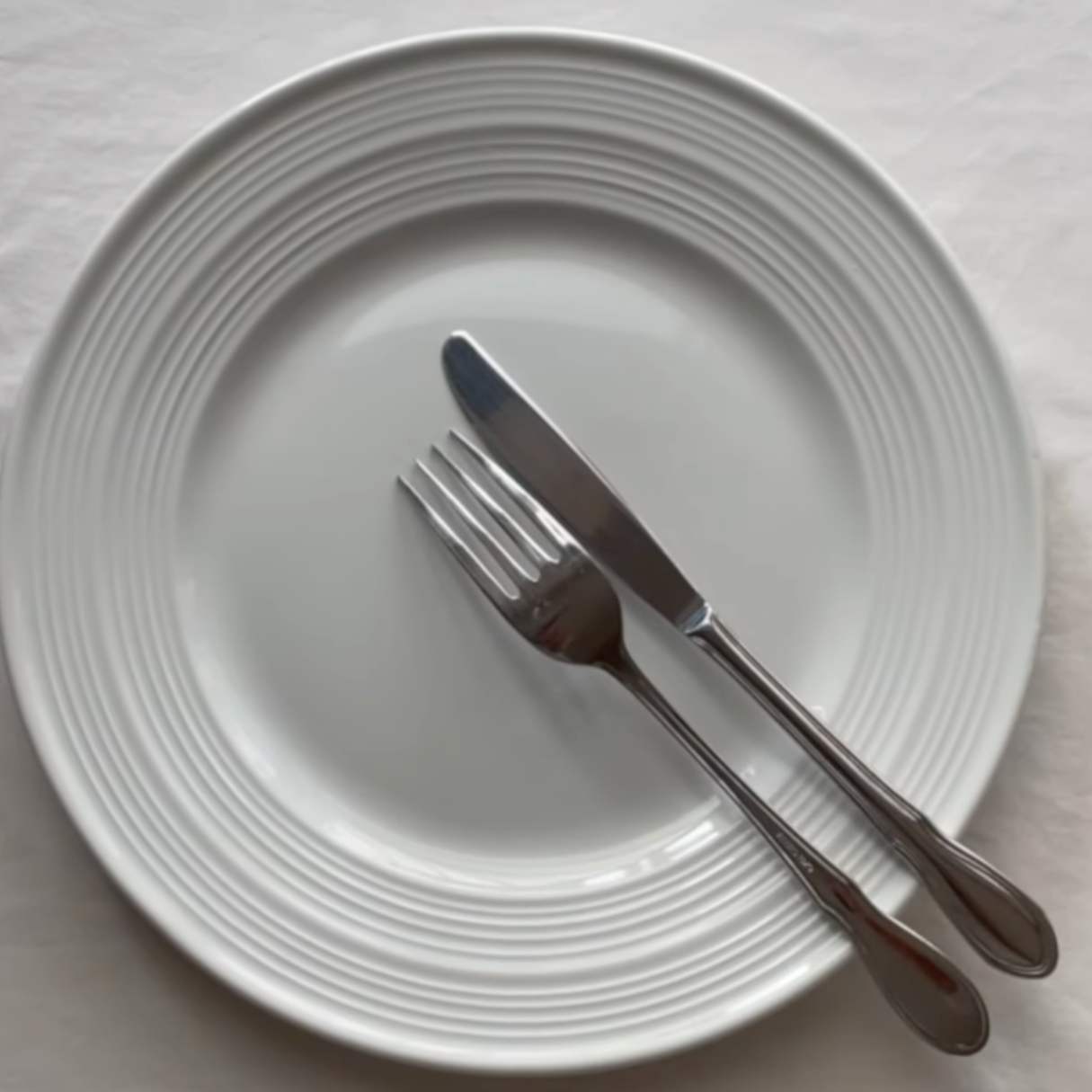
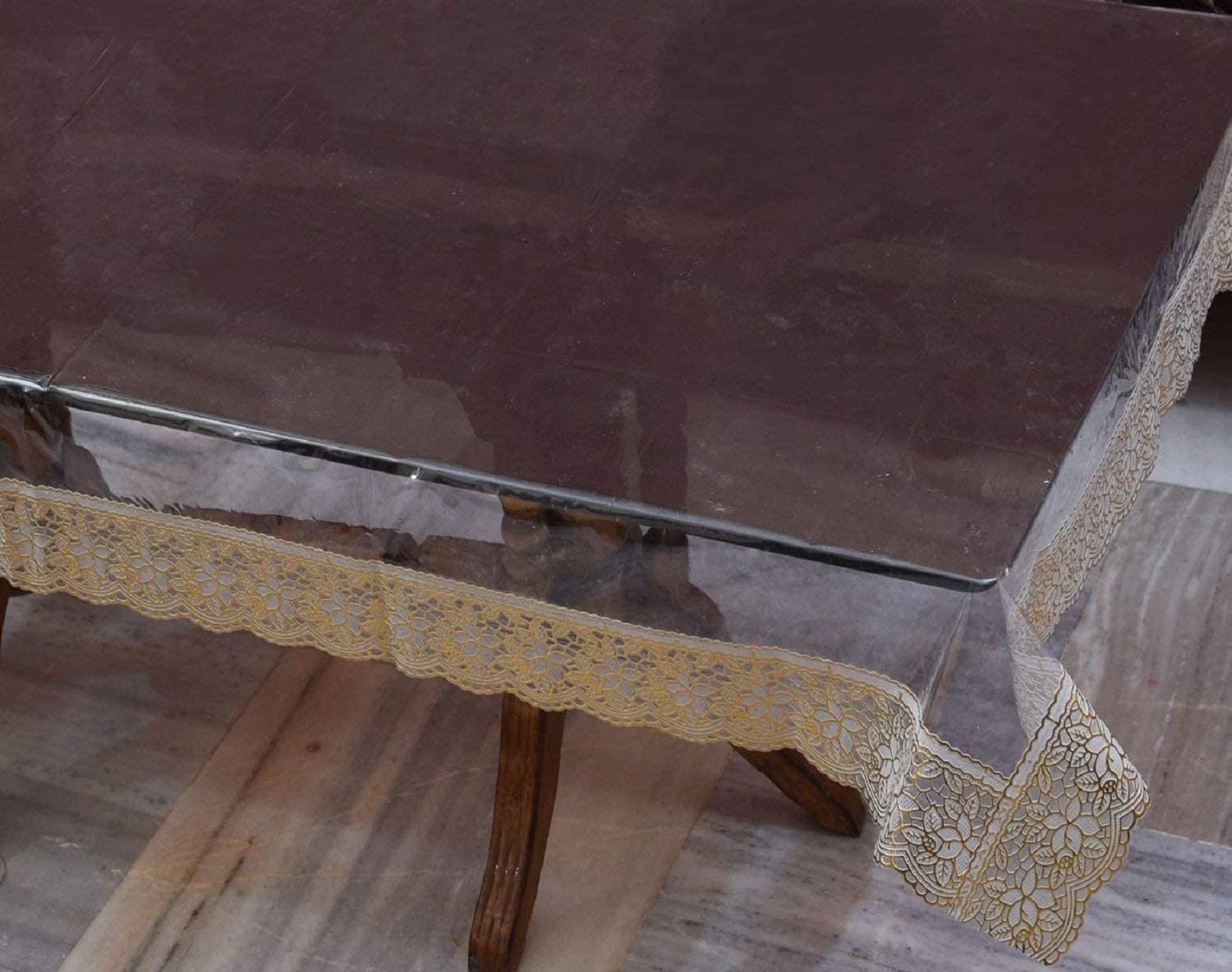
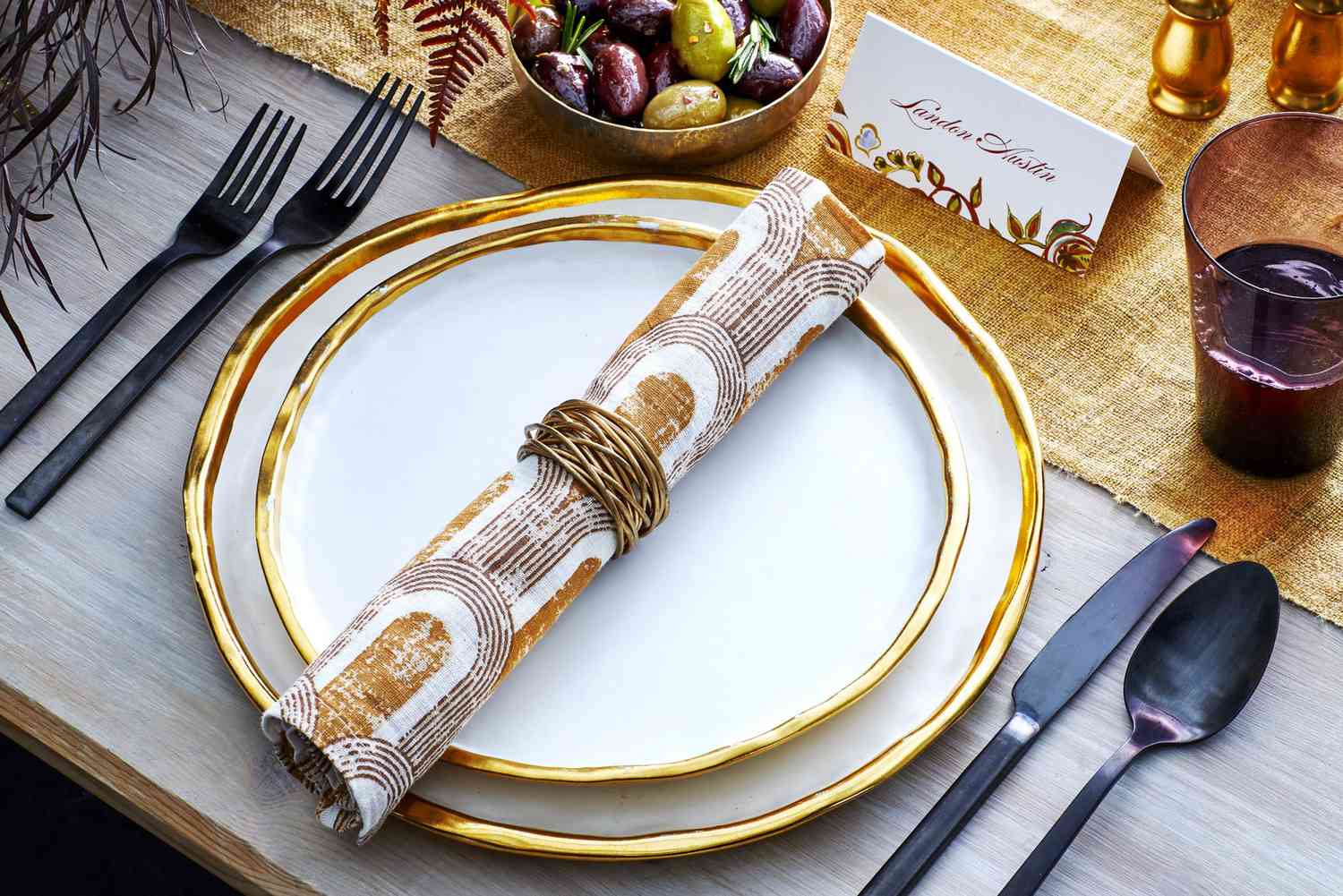
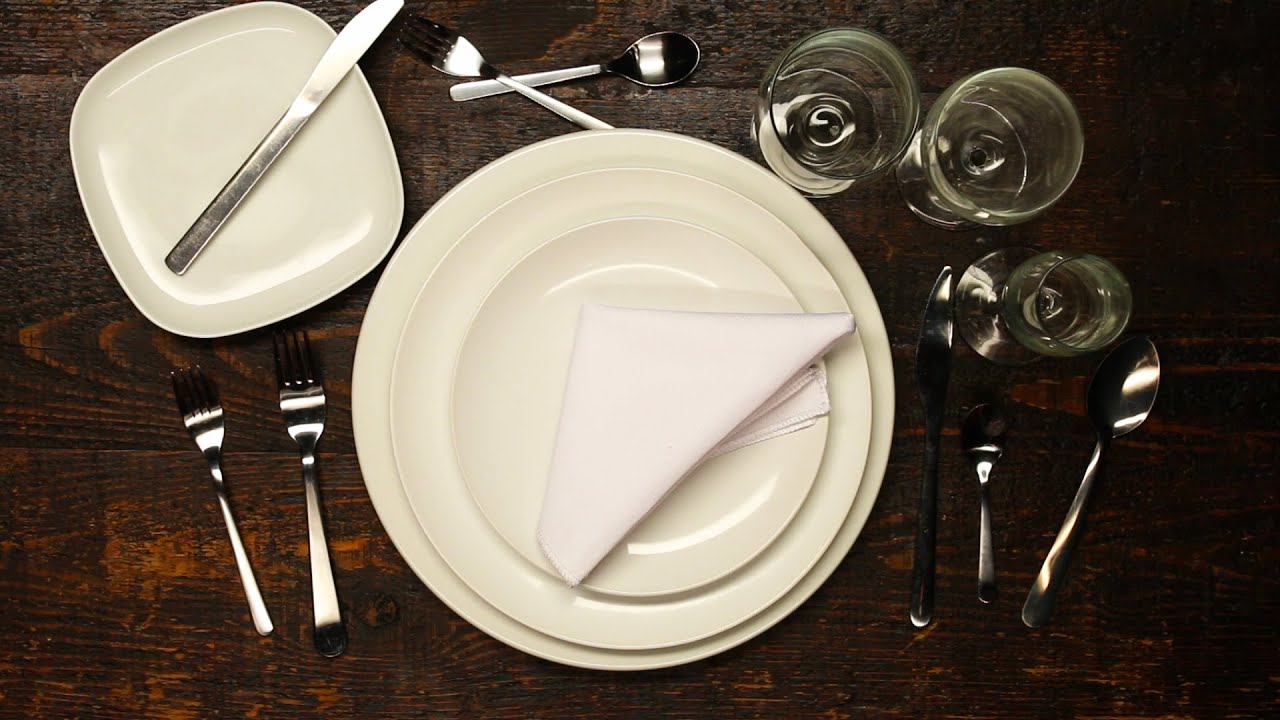

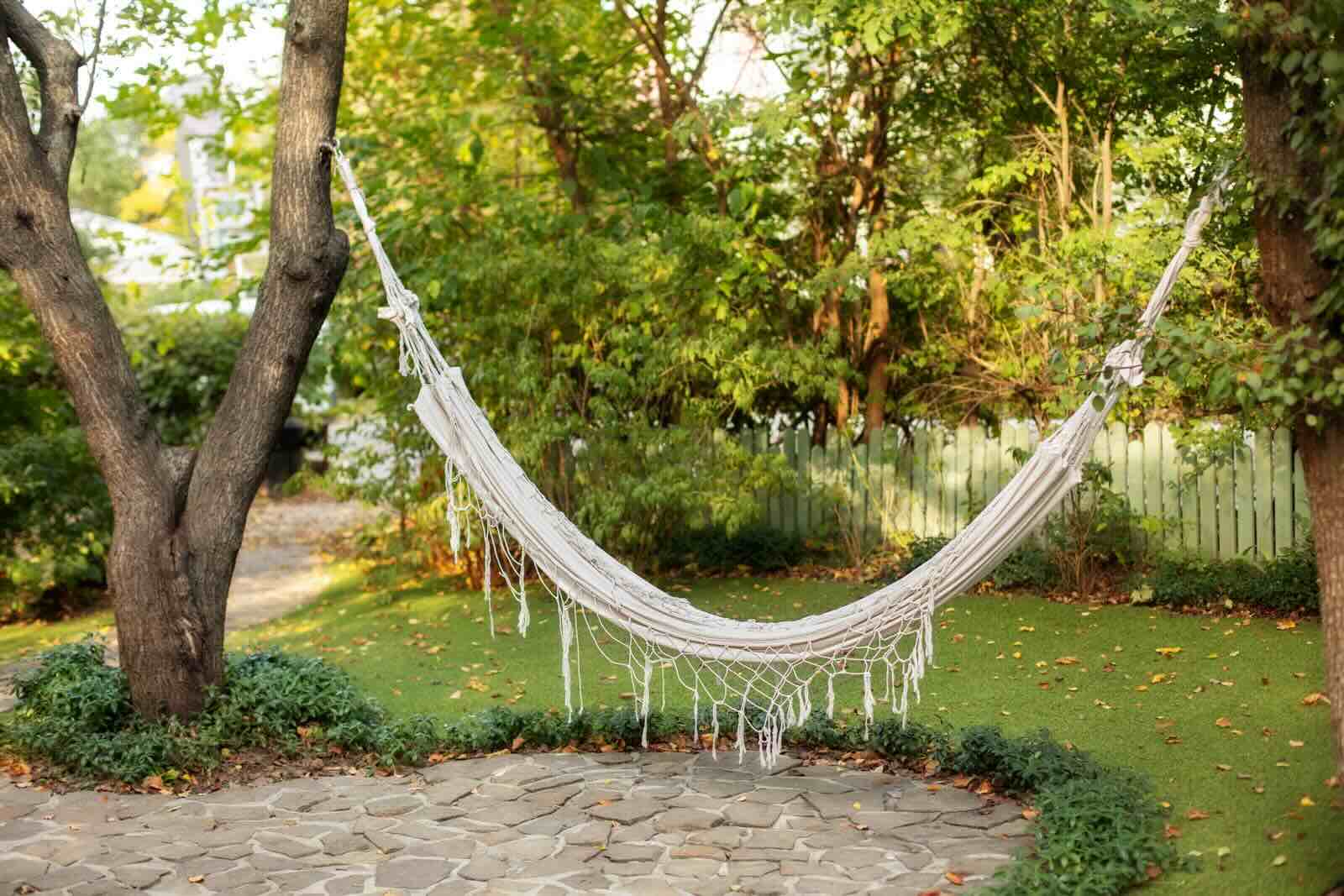
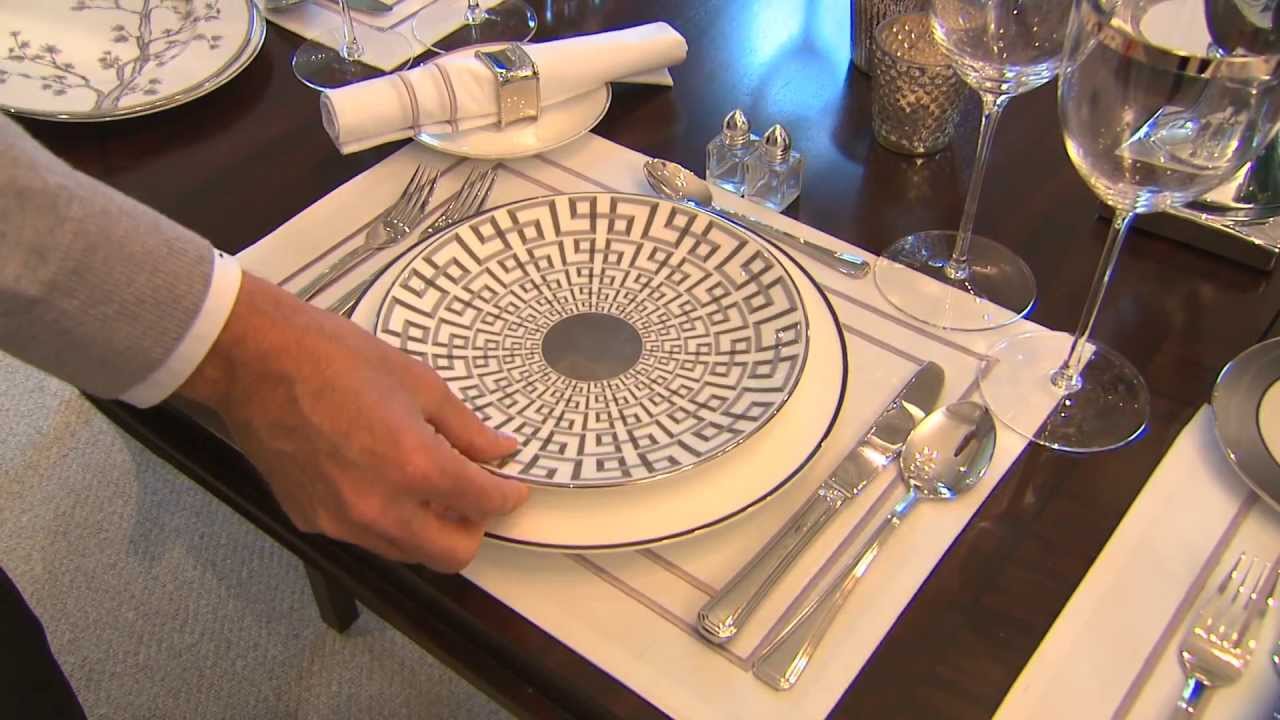
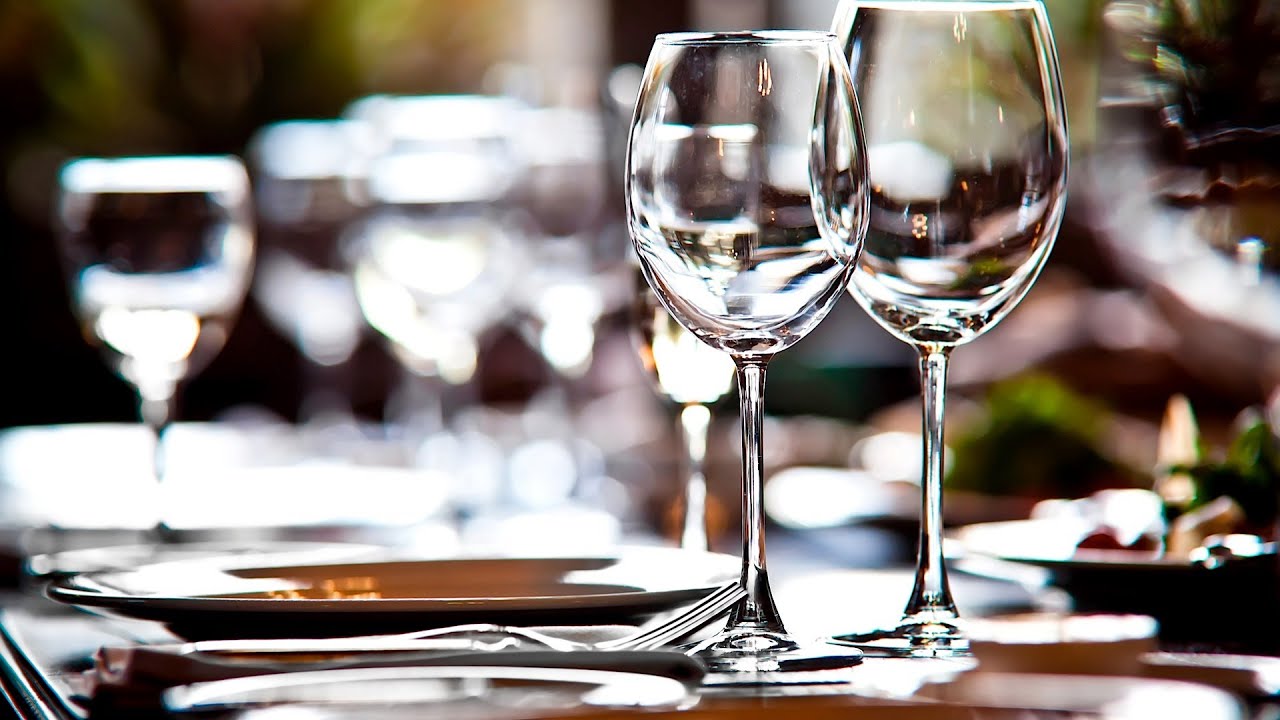

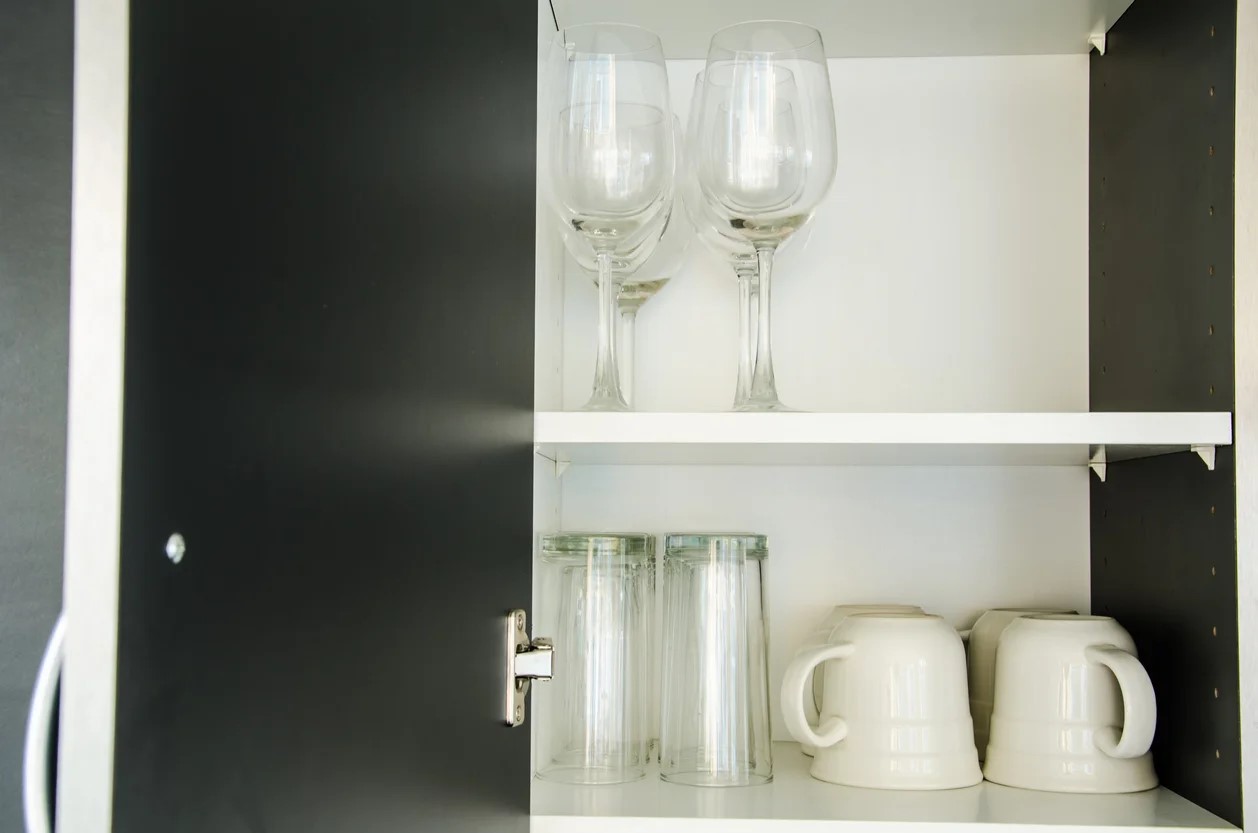
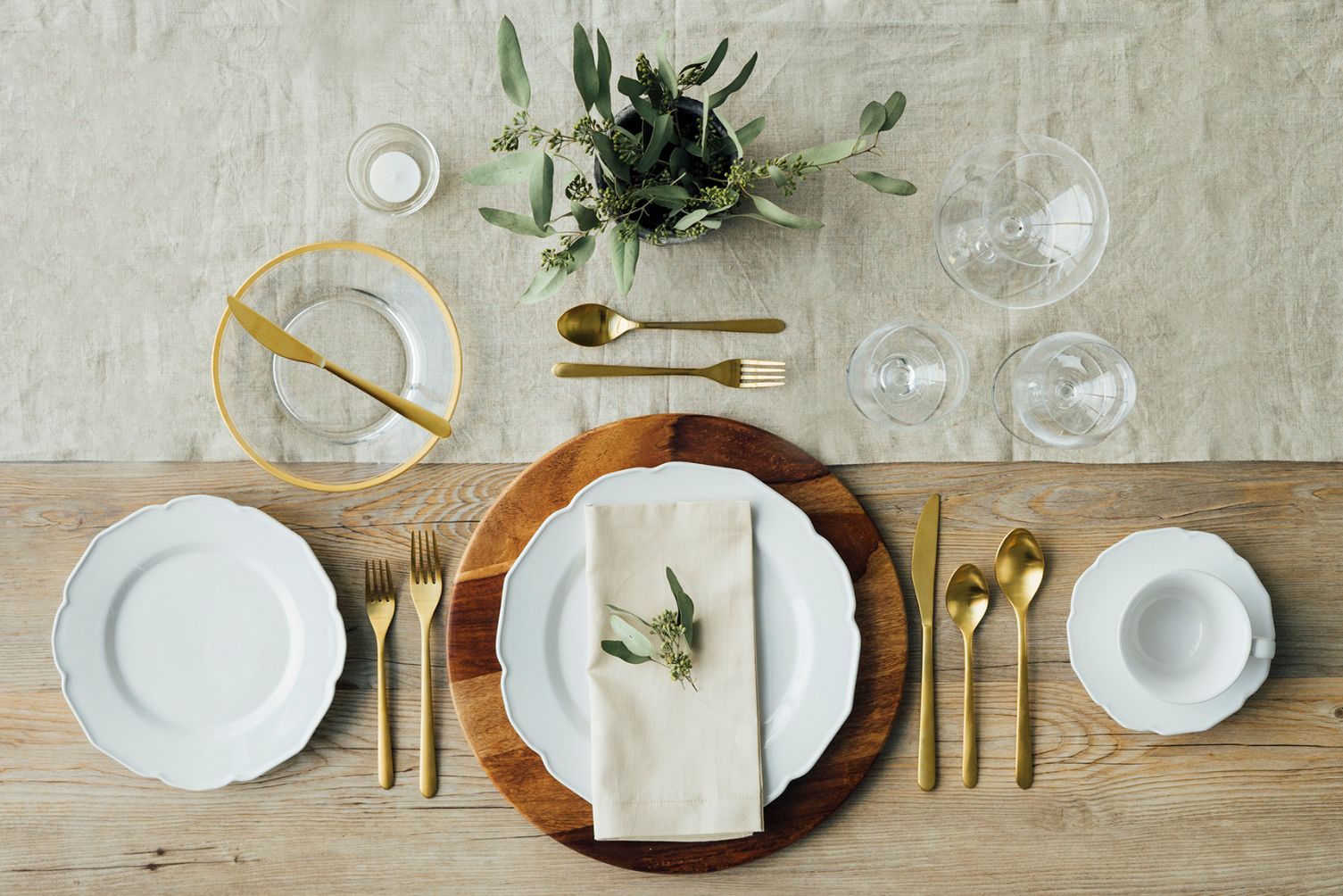
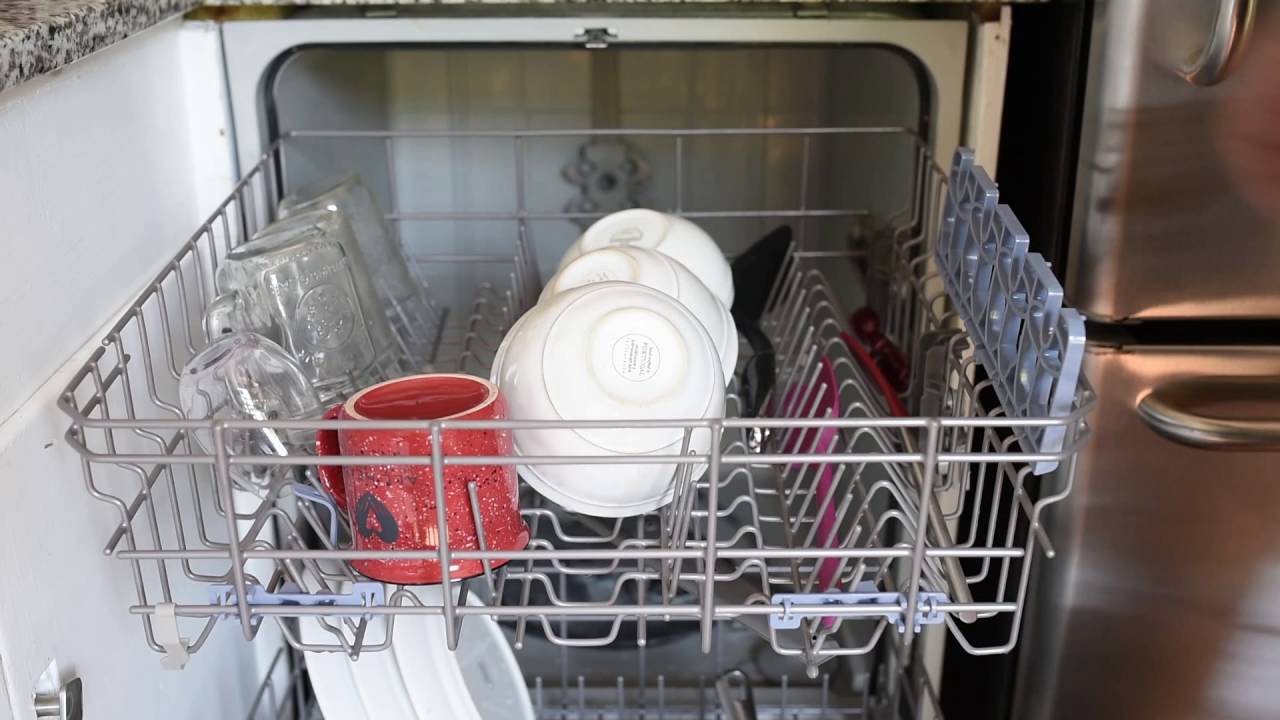

0 thoughts on “How To Describe Disposable Place Settings”